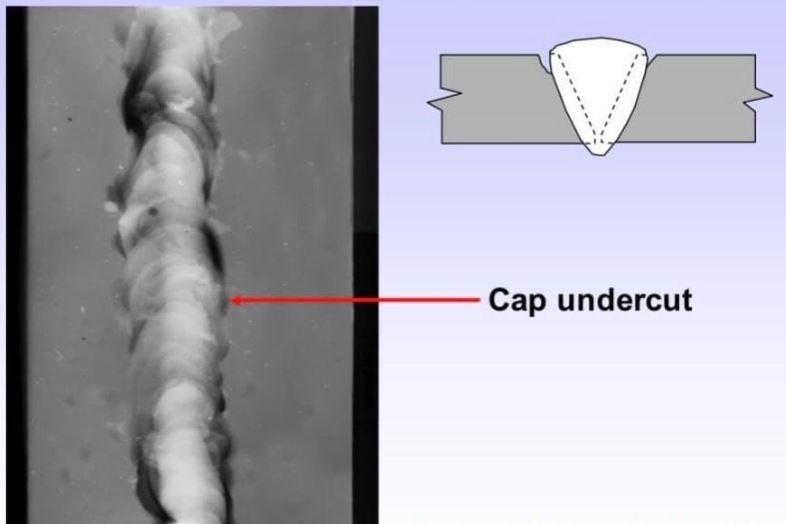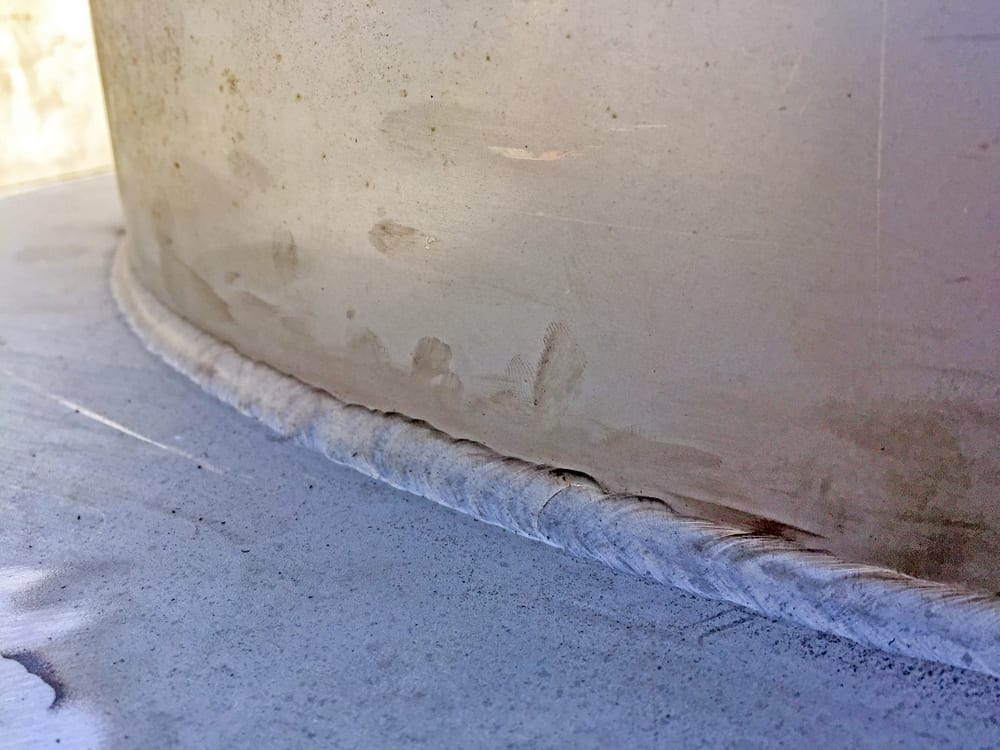Important Tips for Welders: Preventing Undercut Welding and Ensuring Stronger Weld Joints
In the realm of welding, accomplishing solid and sturdy weld joints is the keystone of generating top notch job. One usual difficulty that welders typically experience is undercut welding, which can compromise the honesty of the weld joint.

Recognizing Undercut Welding
Undercut welding is a typical welding issue that happens when the weld metal stops working to correctly fill the groove and causes a groove-like anxiety along the weld bead. This problem damages the weld joint, making it vulnerable to cracking and failure under stress. Damaging can be triggered by different factors, consisting of excessive welding existing, high welding speed, improper electrode angle, incorrect electrode dimension, and inadequate welding strategy.
One of the major reasons for undercut welding is a discrepancy in between the welding present and the welding rate. If the welding current is too expensive or the welding rate is as well quick, the weld metal may not effectively fill up the groove, leading to undercutting. In addition, utilizing an electrode that is as well large can result in a similar end result, as the excess steel can not effectively flow right into the groove.
To avoid undercut welding, welders must ensure they are using the correct welding specifications, maintain an appropriate electrode angle, pick the ideal electrode dimension, and technique correct welding methods. By dealing with these aspects, welders can lessen the threat of undercutting and produce stronger, a lot more reliable weld joints.
Appropriate Welding Method
Reliable welding method plays a vital function in guaranteeing the quality and honesty of weld joints. One essential aspect of correct welding method is maintaining the proper angle and range between the welding weapon and the workpiece.
In addition, a constant and stable hand movement is crucial for producing strong and resilient weld joints. Welders need to intend for smooth, consistent movements to guarantee also circulation of the weld material. Correct control of the welding gun and filler product is also vital to accomplishing optimum penetration and blend.
Additionally, regulating the warm input and picking the suitable welding criteria based on the material being bonded are crucial consider accomplishing high-grade welds - Preventing weld undercut. Welders need to follow the suggested setups offered by welding treatment specifications and change them as required based upon the specific demands of the task. By mastering appropriate welding strategies, welders can significantly improve the toughness and integrity of their weld joints
Choosing the Right Electrode
Preserving the proper angle and range between the welding gun and the workpiece is essential when considering the importance of choosing the best electrode in welding applications. The choice of electrode plays an important function in establishing the top quality and toughness of the weld joint. Electrodes come in various types, each designed for particular purposes and materials.
First of all, choosing the suitable electrode diameter is vital. Thinner electrodes are ideal for welding slim products, while thicker electrodes are better for thicker materials and higher heat applications. Matching the electrode size to the density of the work surface assists accomplish a well balanced weld.
Second of all, understanding the product make-up of the electrode is essential. Various electrodes are made for welding details products like steel, stainless-steel, light weight aluminum, or cast iron. Utilizing the appropriate electrode material guarantees good blend and decreases the threat of flaws in the weld.
Finally, thinking about the welding position and technique is crucial when picking the electrode kind. Particular electrodes are better fit for overhanging or upright welding positions, while others function well for flat or horizontal placements. Choosing the right electrode based upon the welding method enhances the total weld high quality and integrity.
Preparing the Base Steel
To make sure a successful welding procedure, what preliminary actions should be taken when preparing the base metal for welding? Properly preparing the base steel is important for achieving solid and durable look these up weld joints. The initial step in preparing the base steel is to clean it extensively to remove any kind of contaminants such as corrosion, dirt, paint, or oil. This can be done utilizing a wire chemical, mill, or brush solvents. Additionally, any type of existing weld product or residue from previous welding must be removed to make sure a tidy surface for the new weld.

Conducting Post-Weld Inspections

After carrying out these evaluations, welders must compare the results versus sector requirements and job demands to guarantee that the weld joint meets all necessary standards. Any kind of insufficiencies or discrepancies discovered throughout the post-weld examination must be immediately dealt with with appropriate corrective procedures to ensure the weld's integrity. By vigilantly performing post-weld assessments and without delay attending to any concerns, welders can maintain the quality and integrity of their job, ultimately adding to the security and durability of the bonded structures.
Conclusion

In final thought, preventing undercut welding and making certain stronger weld joints call for a combination of appropriate welding strategy, selecting original site the appropriate electrode, preparing the base metal appropriately, and carrying out post-weld examinations. By comprehending the root causes of undercut welding and executing the necessary preventative measures, welders can produce high-grade weld joints that satisfy sector standards and make sure the architectural stability of the bonded parts.
Undercut welding is an usual welding problem that takes place when the weld metal stops working to effectively fill the groove and results in a groove-like anxiety along the weld grain (Preventing weld undercut). Damaging can be caused by different factors, including too much welding existing, high welding speed, incorrect electrode angle, inaccurate electrode dimension, and poor welding technique
One of the primary factors for undercut welding is a discrepancy in between the welding current and the welding speed. If the welding current is as well high or the welding speed is as well quickly, the weld steel might not sufficiently fill up the groove, leading to undercutting.Preserving the proper angle and range in between the welding weapon and the workpiece is fundamental when thinking about the value of selecting the right electrode in welding applications.